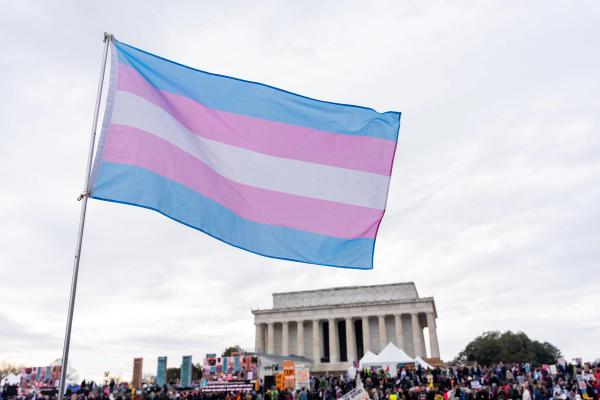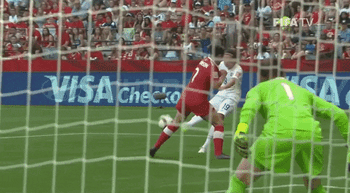President Trump signs executive order barring trans athletes from competing in women’s sports

The GIST: Hours into National Girls and Women in Sports Day (NGWSD) on Wednesday, President Trump signed an executive order barring trans athletes from competing in women’s sports. And the NCAA followed suit yesterday, limiting collegiate women’s competition to athletes who were born female, effective immediately.
The context: While not law, an executive order is a written directive from the highest office in the land, ordering the U.S. government to prioritize whatever policies the president sees fit — and Trump is no stranger to anti-trans rhetoric, a stance that unfortunately sees widespread support across the country.
- But from the youth level to high school to college, it’s difficult to know exactly how many trans athletes there are in the U.S., though it is not believed to be many.
- In December 2024, NCAA President Charlie Baker testified that he was aware of fewer than 10 trans athletes among the 544K student-athletes competing at the NCAA level.
- Yesterday, Baker cited the “clear national standard” established by Trump as the basis for the NCAA’s new trans athlete ban.
The impact: Under Trump’s order, schools and athletic programs can now be held liable for violating Title IX — the U.S. federal law that forbids discrimination on the basis of sex — if trans athletes compete in girls’ or women’s sports. Infractions could result in federal funding being pulled.
- One day after the order, the Education Department is already investigating San Jose State University and the University of Pennsylvania, where Title IX violations have been reported regarding trans athlete participation on women’s teams.
- As the stats and stories shared on NGWSD show, participating in sports has an immeasurable positive impact, on the field and beyond. To strip trans folks of that opportunity marginalizes an already-vulnerable group — sports are for all girls and women. Full stop.
How to help: Consider supporting groups like Athlete Ally and You Can Play, who work tirelessly to ensure the LGBTQIA+ community, and specifically trans athletes, are welcomed in sport. The fight has only just begun.
At The GIST, we know that trans women are women and believe trans athletes have the right to compete on teams consistent with their gender identity. If you’re unsure where you stand and are interested in learning more about the history of trans athletes in America, check out our interview with former NCAA athlete and trans activist, Schuyler Bailar.Enjoying this article? Want more?

Sign up for The GIST and receive the latest sports news straight to your inbox three times a week.

